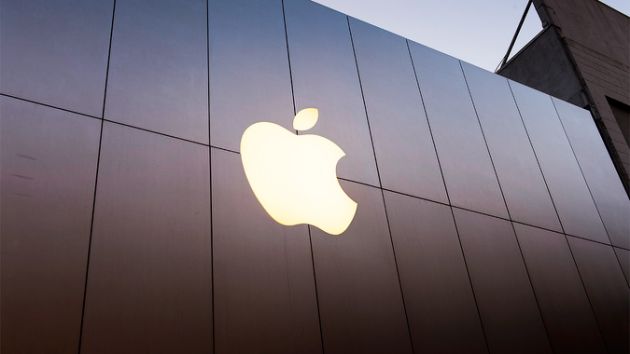
Washington, United States | AFP |
The US Supreme Court on Tuesday overturned a $399 million penalty imposed on Samsung for copying Apple’s iPhone design, in a case watched closely for patent infringement in the digital era.
The justices ruled 8-0 that Samsung should not be required to forfeit the entire profits from its smartphones for infringement on design components, sending the case back to a lower court.
The 11-page ruling found that the $399 million penalty — one element of a major patent infringement case — was inappropriate because it represented “Samsung’s entire profit from the sale of its infringing smartphones” for copying the iPhone’s “rectangular front face with rounded edges and a grid of colorful icons on a black screen.”
But the court stopped short of delving into details of the degree to which the patent infringement should affect the penalty.
“The parties ask us to go further and resolve whether, for each of the design patents at issue here, the relevant article of manufacture is the smartphone, or a particular smartphone component,” Justice Sonia Sotomayor wrote in the opinion.
“Doing so would require us to set out a test for identifying the relevant article of manufacture… and to parse the record to apply that test in this case.”
The court sent the case back to the appellate court in Washington to resolve the details.
The case is one element of the $548 million penalty — knocked down from an original $1 billion jury award — Samsung was ordered to pay for copying iPhone patents.
No clarity
Observers had been watching to see how the court — which had not taken up a design patent case in more than a century — would tip the balance between technological innovation and protecting intellectual property.
Dennis Crouch, a University of Missouri law professor and co-director of the Center for Intellectual Property and Entrepreneurship, said the ruling may leave both sides disappointed because it sets no real precedent.
“Although the case offers hope for Samsung and others adjudged of infringing design patents, it offers no clarity as to the rule of law,” Crouch said in a blog post.
Crouch said the court allowed for damages to be applied at the component level but also indicated that the product as a whole is “an article of manufacture,” leaving the matter open to interpretation.
“Thus, it will be up to courts to figure out which level applies in particular cases,” he wrote.
Samsung won the backing of major Silicon Valley and other IT sector giants, including Google, Facebook, Dell and Hewlett-Packard, claiming a strict ruling on design infringement could lead to a surge in litigation.
Apple was supported by big names in fashion and manufacturing. Design professionals, researchers and academics who said they had no financial interest in the case filed an amicus brief arguing on the basis of “fundamental principles of visual design.”
Eric Goldman, director of the High Tech Law Institute at Santa Clara University, said that even if the court did not offer precise details it did strike down the notion that design infringement of a component should require the loss of all profits from a device.
“By rejecting the most aggressive plaintiff position, it should increase the parties’ ability to find appropriate settlement amounts,” Goldman told AFP.
 The Independent Uganda: You get the Truth we Pay the Price
The Independent Uganda: You get the Truth we Pay the Price



